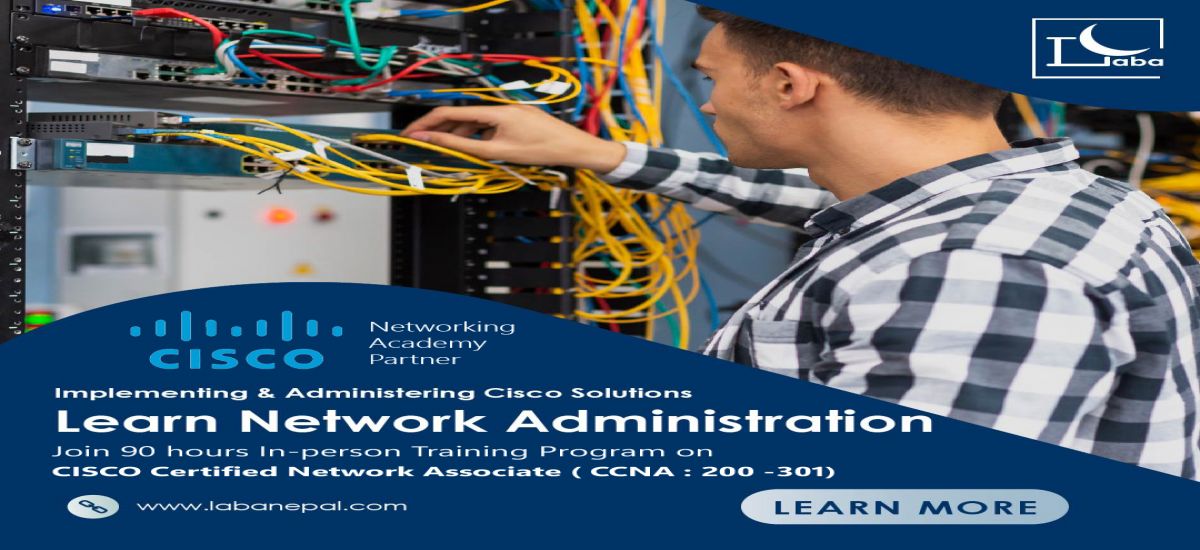·
Identify the components of a computer
network and describe their basic characteristics
·
Understand the model of host-to-host
communication
·
Describe the features and functions of the
Cisco Internetwork Operating System (IOS®) software
·
Describe LANs and the role of switches
within LANs
·
Describe Ethernet as the network access
layer of TCP/IP and describe the operation of switches
·
Install a switch and perform the initial
configuration
·
Describe the TCP/IP Internet layer, IPv4,
its addressing scheme, and subnetting
·
Describe the TCP/IP Transport layer and
Application layer
·
Explore functions of routing
·
Implement basic configuration on a Cisco
router
·
Explain host-to-host communications across
switches and routers
·
Identify and resolve common switched
network issues and common problems associated with IPv4 addressing
·
Describe IPv6 main features and addresses,
and configure and verify basic IPv6 connectivity
·
Describe the operation, benefits, and
limitations of static routing
·
Describe, implement, and verify Virtual
Local Area Networks (VLANs) and trunks
·
Describe the application and configuration
of inter-VLAN routing
·
Explain the basics of dynamic routing protocols
and describe components and terms of Open Shortest Path First (OSPF)
·
Explain how Spanning Tree Protocol (STP)
and Rapid Spanning Tree Protocol (RSTP) work
·
Configure link aggregation using
EtherChannel
·
Describe the purpose of Layer 3 redundancy
protocols
·
Describe basic WAN and VPN concepts
·
Describe the operation of Access Control
Lists (ACLs) and their applications in the network
·
Configure Internet access using Dynamic
Host Configuration Protocol (DHCP) clients and explain and configure Network
Address Translation (NAT) on Cisco routers
·
Describe basic Quality of Service (QoS)
concepts
·
Describe the concepts of wireless networks,
which types of wireless networks can be built, and how to use Wireless LAN
Controllers (WLCs)
·
Describe network and device architectures
and introduce virtualization
·
Introduce the concept of network
programmability and Software-Defined Networking (SDN) and describe smart
network management solutions such as Cisco DNA Center™, Software-Defined Access
(SD-Access), and Software-Defined Wide Area Network (SD-WAN)
·
Configure basic IOS system monitoring tools
·
Describe the management of Cisco devices
·
Describe the current security threat
landscape
·
Describe threat defense technologies
·
Implement a basic security configuration of
the device management plane
·
Implement basic steps to harden network
devices


